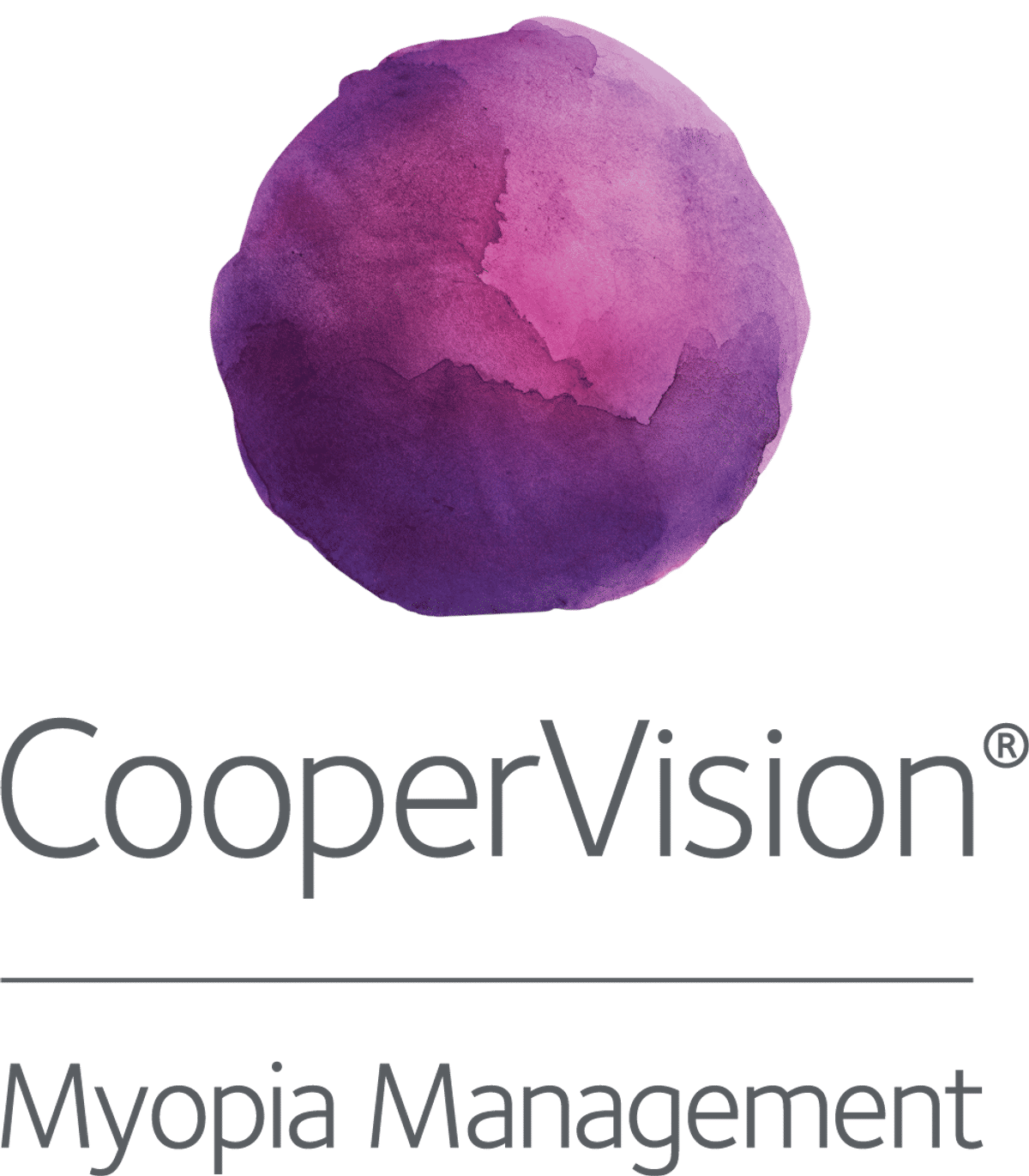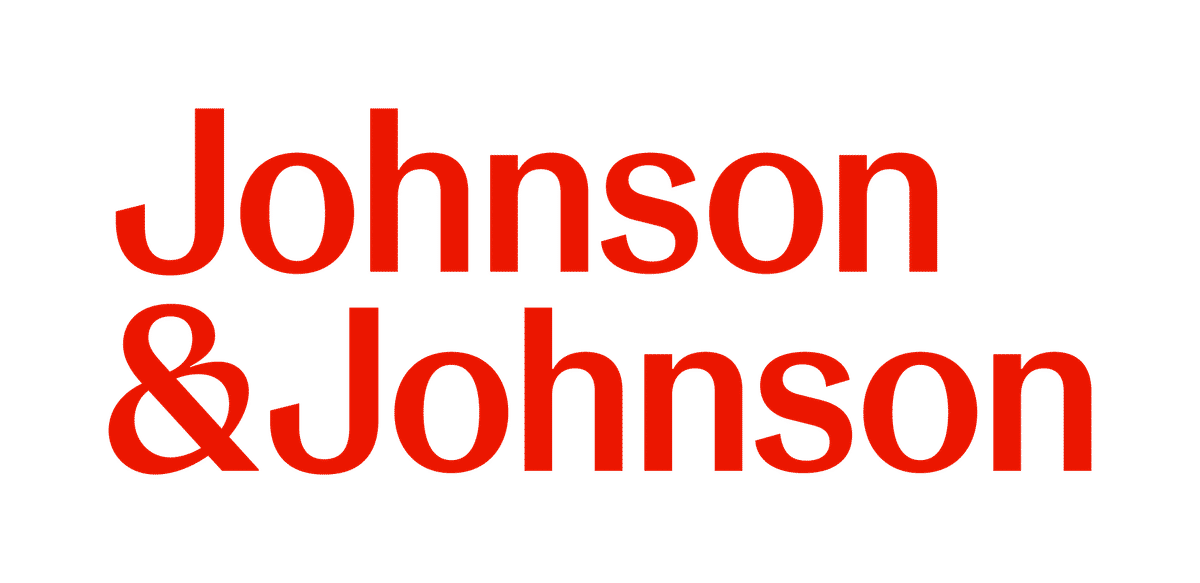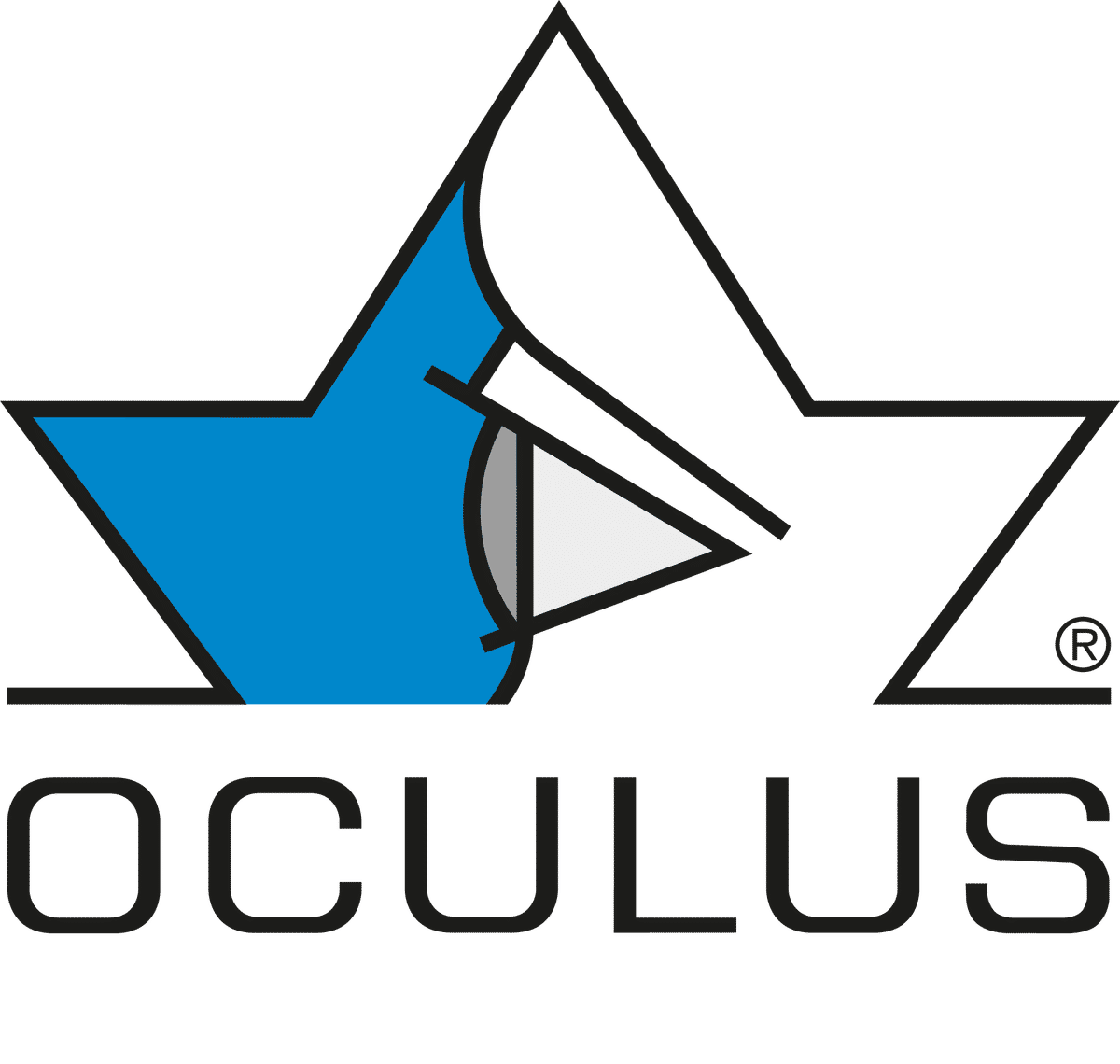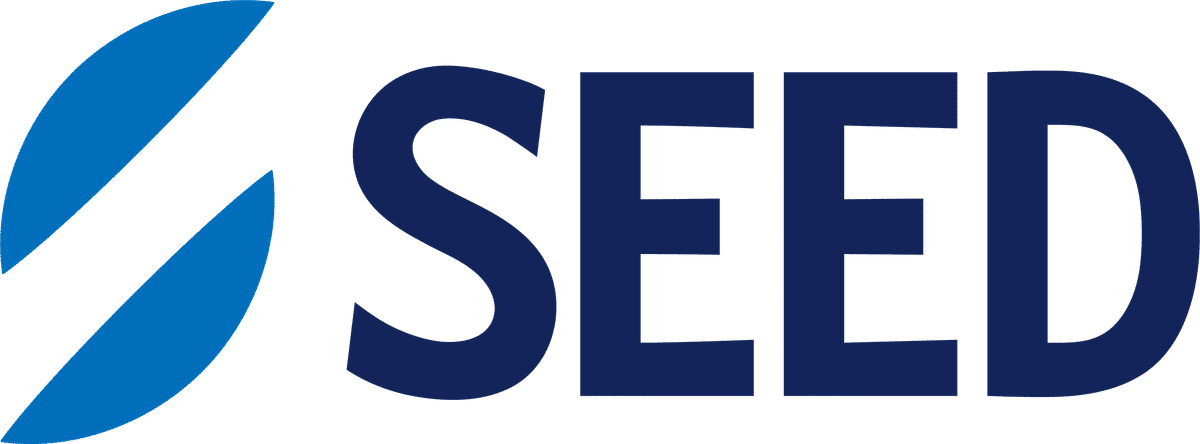Clinical
Why ‘wait and see’ fails in myopia management

In this article:
No active treatment (also known as ‘watchful waiting’ or ‘wait and see’) is a common approach for most self-limiting conditions that resolve with or without treatment. However, this strategy falls short when it comes to childhood myopia.
The impact of delayed treatment
Families who take a ‘wait and see’ approach to myopia risk delaying effective treatment and missing the chance to protect vision.
Arguably the most impactful timeframe to commence myopia management is after identifying pre-myopia. Delaying myopia has a powerful implications, by reducing an individual’s final level of myopia
Did you know? Delaying the onset of myopia by 1 year can reduce an individual’s final level of myopia by 0.75D or more – equivalent to 2 to 3 years’ worth of myopia control.
Younger myopes are particularly vulnerable to the consequences of delayed action, as the younger a child becomes myopic, the faster they will progress.
The average 8-year-old child will typically progress by about 1D per year if untreated (i.e. wearing only single vision lenses), compared to half this amount for a 12-year-old.
How to engage hesitant parents
Although the case for myopia control is clear, parental attitudes are typically nonchalant towards myopia. Studies show approximately 1 in every 2 parents regard myopia as an optical inconvenience (46%) and even fewer (14%) expressed their concern about their child being diagnosed with myopia.
A compelling way to explain myopia management to parents is by leading with the short-term benefits first.
Immediate rewards tend to be more tangible and achievable compared to delayed rewards, and promote persistence towards long-term goals.
Visual aids, such as the Managing Myopia Guidelines Infographics, can practitioners present the key short- and long-term messages of myopia management.
Emphasise the short-term benefits first
An immediate benefit of myopia management is preservation of visual acuity and vision-related quality of life.
Children with lower myopia have better uncorrected visual acuity than those with higher myopia. A -1.00D myope may navigate their way in and around school uncorrected, unlike a -5.00D myope. Even when corrected, higher levels of refractive error produce greater visual disability and dependence regardless of mode of correction.
Myopia management reduces the frequency of prescription updates – leading to less frequent lens replacements and compounding cost savings over time. Children experience more stable vision and reduced symptomatic blur between eye examinations. Concurrently, children are less likely to be undercorrected between visits, which can increase the rate of myopia progression.
Follow up with the long-term benefits
Highlight the protective effects of myopia management for eye health, as current evidence suggests that there is no safe threshold level of myopia in terms of health risk.
Early intervention reduces the final degree of myopia and associated axial length, and subsequently lowers the lifelong risk of vision-threatening pathology and visual impairment.
Long-term benefits also include preserving more treatment options for future vision correction. Lower myopia expands suitability for refractive surgery and can be helpful for uncorrected near vision, especially as a presbyopic adult in the future.
While children might not be able to relate, these downstream benefits may resonate with parents, who may also be myopes themselves.
Key points
- Early myopia control provides immediate benefits such as clearer vision between exams, improved comfort for reading, and better performance in school and sports.
- Slowing myopia progression in childhood lowers the lifetime risk of vision-threatening conditions including myopic maculopathy and retinal detachment.
- Leading with short-term, practical benefits is an effective way to engage hesitant parents and encourage timely treatment uptake.
Meet the Authors:
About Brian Peng
Brian is a clinical optometrist based in Sydney, Australia. He graduated from the University of New South Wales and was awarded the Research Project Prize for his work on myopia. He has a keen interest in myopia-related research, industry, and education.
Read Brian's work on our My Kids Vision website, our public awareness platform. Brian also works on development of various new resources across MyopiaProfile.com.
References
- Bullimore MA, Brennan NA. Myopia: An ounce of prevention is worth a pound of cure. Ophthalmic Physiol Opt. Jan 2023;43(1):116-121. [link]
- Bullimore MA, Brennan NA. Myopia Control: Why Each Diopter Matters. Optom Vis Sci. Jun 2019;96(6):463-465. [link]
- Donovan L, Sankaridurg P, Ho A, et al. Myopia progression rates in urban children wearing single-vision spectacles. Optom Vis Sci. Jan 2012;89(1):27-32. [link]
- McCrann S, Flitcroft DI, Lalor K, et al. Parental attitudes to myopia: a key agent of change for myopia control?. Ophthalmic Physiol Opt. May 2018;38(3):298-308. [link]
- Woolley K, Fishbach A. Immediate Rewards Predict Adherence to Long-Term Goals. Pers Soc Psychol Bull. Feb 2017;43(2):151-162. [link]
- Lamoureux EL, Saw SM, Thumboo J, et al. The impact of corrected and uncorrected refractive error on visual functioning: the Singapore Malay Eye Study. Invest Ophthalmol Vis Sci. Jun 2009;50(6):2614-20. [link]
- Chung K, Mohidin N, O'Leary DJ. Undercorrection of myopia enhances rather than inhibits myopia progression. Vision Res. Oct 2002;42(22):2555-9. [link]
- Flitcroft DI. The complex interactions of retinal, optical and environmental factors in myopia aetiology. Prog Retin Eye Res. Nov 2012;31(6):622-60. [link]
- Williams K, Hammond C. High myopia and its risks. Community Eye Health. Sep 2025;32(105):5-6. [link]
Enormous thanks to our visionary sponsors
Myopia Profile’s growth into a world leading platform has been made possible through the support of our visionary sponsors, who share our mission to improve children’s vision care worldwide. Click on their logos to learn about how these companies are innovating and developing resources with us to support you in managing your patients with myopia.












